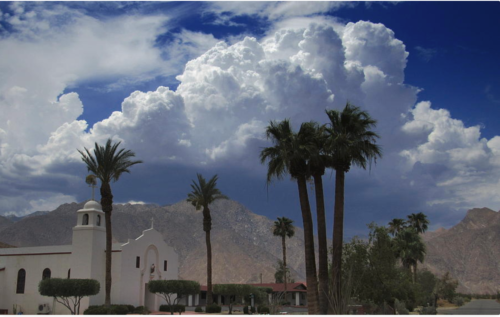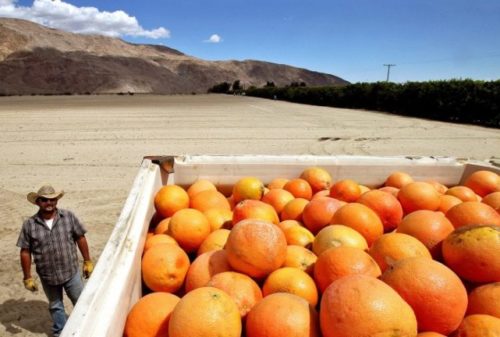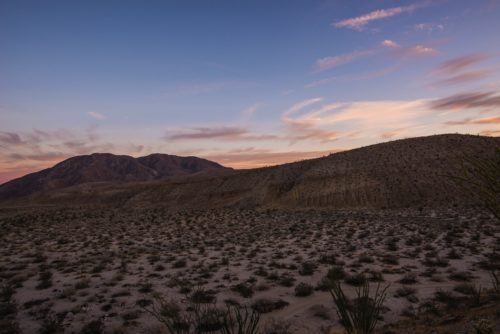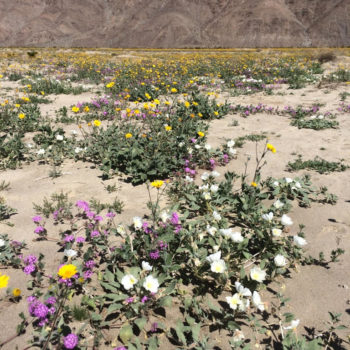The Local Government Commission, in partnership with the Borrego Valley Stewardship Council, has been working with the Borrego Springs community to advance integrated planning and collaborative governance, and ensure effective local implementation of the Sustainable Groundwater Management Act (SGMA). LGC is conducting real-time case study documentation of this work through a series of articles to share lessons learned and best practices for integrated planning. The series will begin with the history of the Borrego community, highlight local perspectives on community resilience, and conclude with opportunities for a sustainable path forward.
There’s more to the Borrego Springs community than meets the eye. In the crevices of the valley’s rocky floor, wildflowers blossom in exuberant hope. In the shade of the Palo Verde trees, Coyote Creek babbles through the sandy slopes with perseverance. From corner to corner, the community is banding together to achieve their goal of a thriving, resilient future. This is their story.
Borrego Springs’ only viable water source is a large aquifer under Borrego Valley; it has long been accepted that the aquifer’s water collected over millennia and is being pumped at a rapid pace by recent generations. What farmers, developers, business owners, and residents never agreed upon was how much water was actually available, and how long it would last.
LGC, with the help of five Stanford University students, conducted interviews with community members to understand varying perspectives and identify where community visions overlap in order to help guide the community on a path forward. Ten Borregans lent their voices to these interviews, including full-time residents, commuters, and weekenders.
As 2020 comes to a close and we look ahead to the new year, the community of Borrego Springs finds itself yet again at a crossroads. In January, the Borrego Water District (BWD) submitted Borrego Valley’s Groundwater Management Plan, or GMP, to the Department of Water Resources (DWR), charting a path for the community’s water sustainability over the next twenty years. For an unincorporated community with a declining groundwater supply as its sole water source, long-term groundwater planning is critical to the region’s viability.




